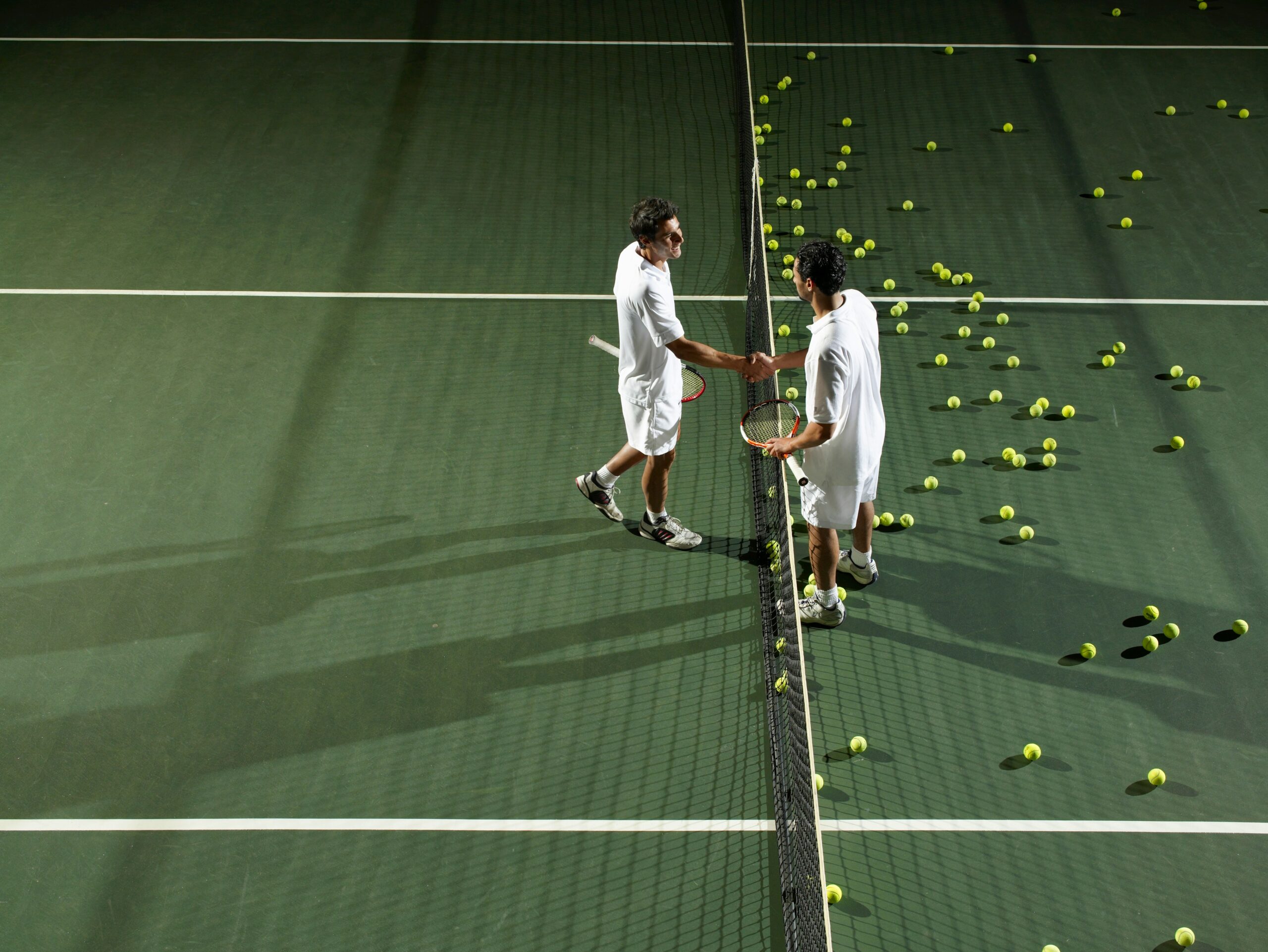
Tennis, a sport with a rich history and passionate global following, offers a unique blend of physical endurance, mental toughness, and strategic skill. Every match embodies the thrill of competition, where players test their abilities, resilience, and willpower. The intensity on the court captivates fans and players alike, making tennis more than just a game — it becomes an exhilarating experience filled with unexpected twists and triumphant moments.
Whether a friendly match at the local club or a high-stakes Grand Slam final, tennis competition showcases the true spirit of athletic challenge. The game’s rhythm, marked by rapid rallies and powerful serves, creates an electric atmosphere that keeps audiences on the edge of their seats. Understanding what drives this excitement can deepen one’s appreciation for the sport and the athletes dedicated to mastery.
The Physical and Mental Challenge of Tennis
Tennis demands a unique combination of physical agility and mental sharpness. Players must sprint across the court, change directions in an instant, and execute precise shots under pressure. This physical aspect requires rigorous training and conditioning, as the game tests stamina, strength, and coordination. Even the most skilled player struggles to maintain performance throughout a match without peak fitness.
Yet, the mental game is just as crucial as the physical. Tennis players constantly analyze their opponents’ weaknesses, adapt strategies mid-match, and manage the stress of pivotal points. The mental focus needed to stay composed and confident often decides the outcome when the score is tight. As a result, competitors develop resilience and strategic thinking that extend beyond the court and into everyday life. The interplay between body and mind creates a dynamic contest that thrills participants and spectators.
The Drama of Close Matches
Few sports offer the kind of nail-biting suspense that tennis matches provide. The scoring system, with its sets and games, builds tension incrementally. The momentum swings back and forth as players battle to break serves and hold leads, keeping fans guessing. Each point carries weight, and a single mistake can shift the tide of the entire match.
Moreover, tiebreaks intensify the drama, condensing pressure into a few critical points that demand nerves of steel. The emotional highs and lows experienced during these moments make tennis uniquely gripping. Fans become emotionally invested, celebrating brilliant winners and feeling the frustration of missed opportunities. This emotional rollercoaster highlights why tennis remains a favorite for competitive excitement.
The Role of Strategy and Adaptability
Success in tennis requires more than raw talent; it hinges on strategy and adaptability. Players must anticipate opponents’ shots, vary their playstyle, and exploit court positioning. For example, players might switch from baseline rallies to aggressive net approaches to surprise their rivals. This strategic diversity adds depth to the competition, making every match unpredictable and engaging.
Adaptability also comes into play as conditions change. Weather, court surface, and the crowd’s energy can influence play. Great competitors adjust their tactics accordingly, demonstrating skill and mental agility. The ability to think on one’s feet distinguishes champions and elevates the game beyond mere physical contest. This layer of complexity enriches the viewing experience and deepens admiration for the sport’s intricacies.
The Influence of Rivalries on Tennis
Rivalries have shaped the narrative of tennis for decades. When two top players meet repeatedly, their contests develop a compelling storyline filled with personal pride and competitive history. These rivalries captivate audiences by offering more than athletic displays; they present a battle of wills and a quest for legacy.
The energy between rivals often pushes players to exceed their limits, producing memorable matches that become part of tennis lore. Fans eagerly anticipate these showdowns, knowing that the stakes extend beyond the scoreboard. Rivalries add a human element to the sport, reminding everyone that fierce competitors strive for greatness behind every serve and volley.
The Global Impact of Tennis Competitions
Tennis competitions unite fans worldwide and inspire new generations of players. Major tournaments attract diverse audiences, broadcasting the excitement to millions across continents. This global reach fosters cultural exchange and shared passion, making tennis a universal language of sport.
Furthermore, international competition elevates standards and drives innovation in training and technique. Players from different backgrounds bring unique styles and perspectives, enriching the game’s diversity. As tennis continues to evolve, its competitions serve as a platform for showcasing talent and building a global community. The worldwide enthusiasm underscores tennis’s enduring appeal and dynamic nature.
The Joy of Participation Beyond Professional Play
While professional tournaments draw the spotlight, tennis also offers joy and excitement at all levels of play. Recreational players experience their thrills through local leagues, social matches, and club competitions. The challenge of improving skills and competing against peers creates a rewarding sense of accomplishment.
Participation fosters fitness, camaraderie, and mental sharpness, extending the benefits of competition beyond the elite stage. For many, the game becomes a lifelong passion that balances intensity with enjoyment. This broad accessibility ensures tennis remains vibrant and inclusive, welcoming anyone who seeks the exhilaration of competition and the pleasure of the sport.
The thrill of tennis competition lies in its potent blend of athleticism, strategy, and emotion. From the physical and mental demands to the drama of close matches and the influence of rivalries, tennis captivates players and fans worldwide. Its global reach and accessibility further enrich the sport’s significance, making it an enduring symbol of competitive passion. Whether watching a Grand Slam final or rallying with friends, the spirit of tennis competition continues to inspire and excite, game after game, set after set, match after match.